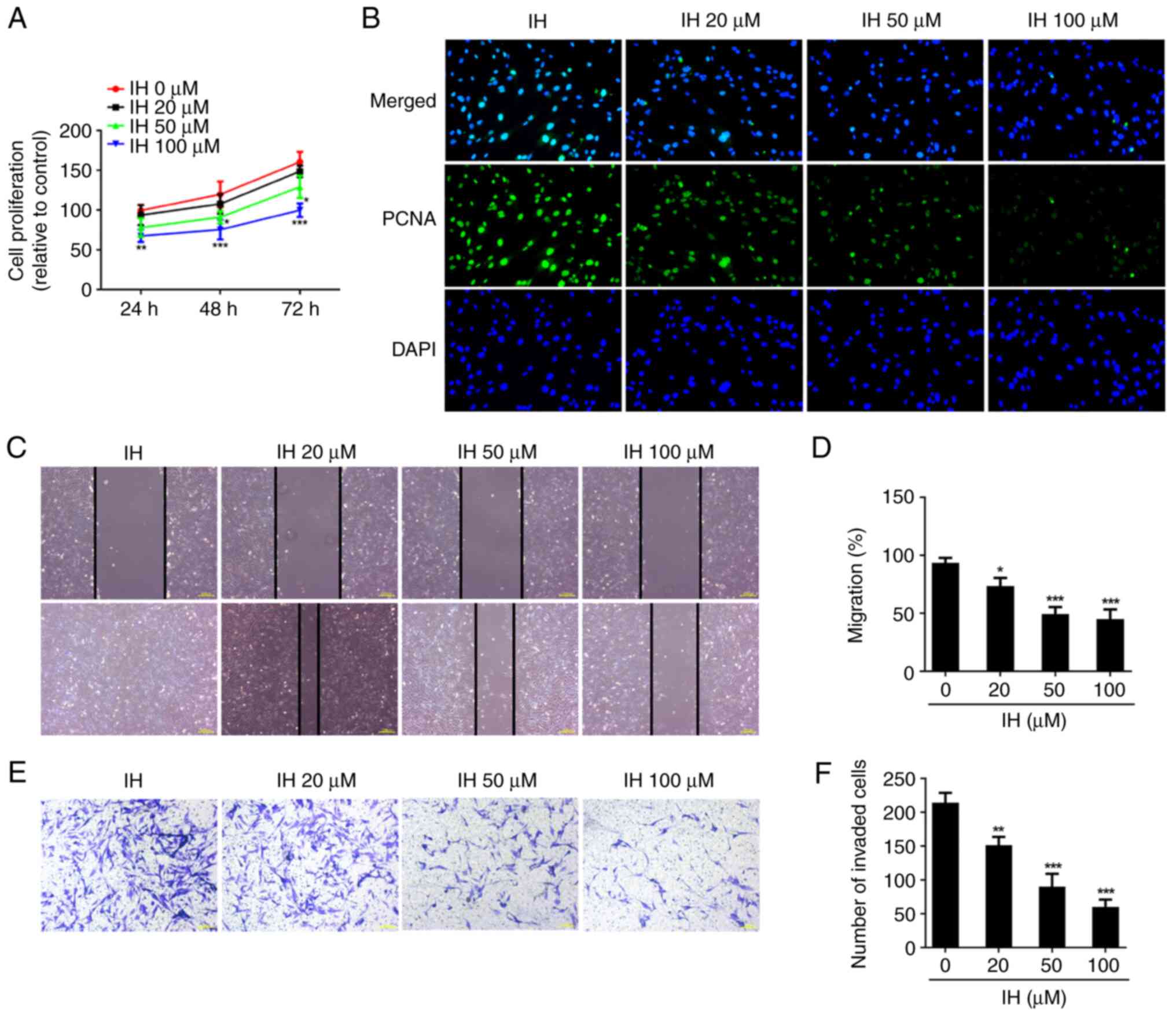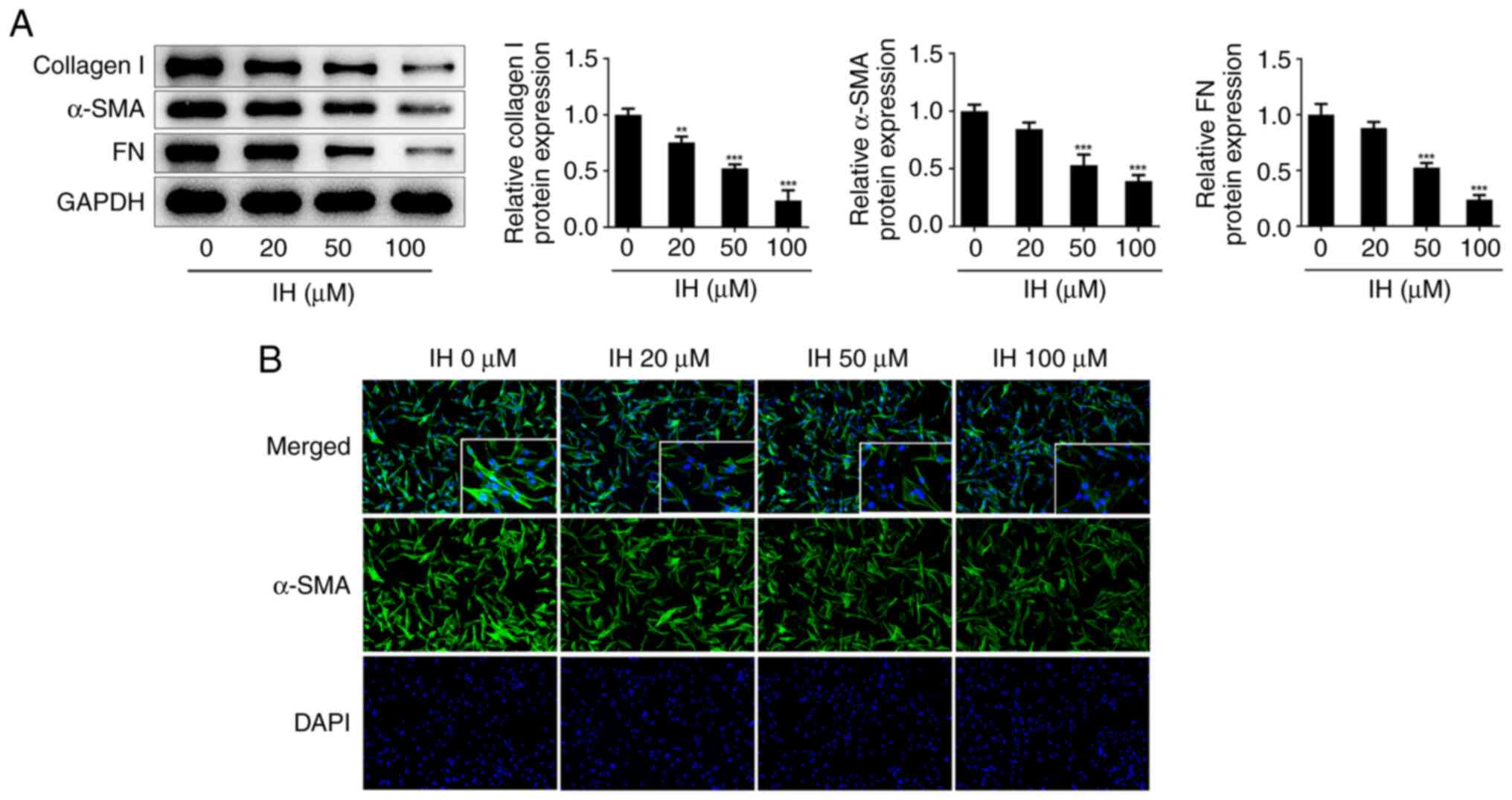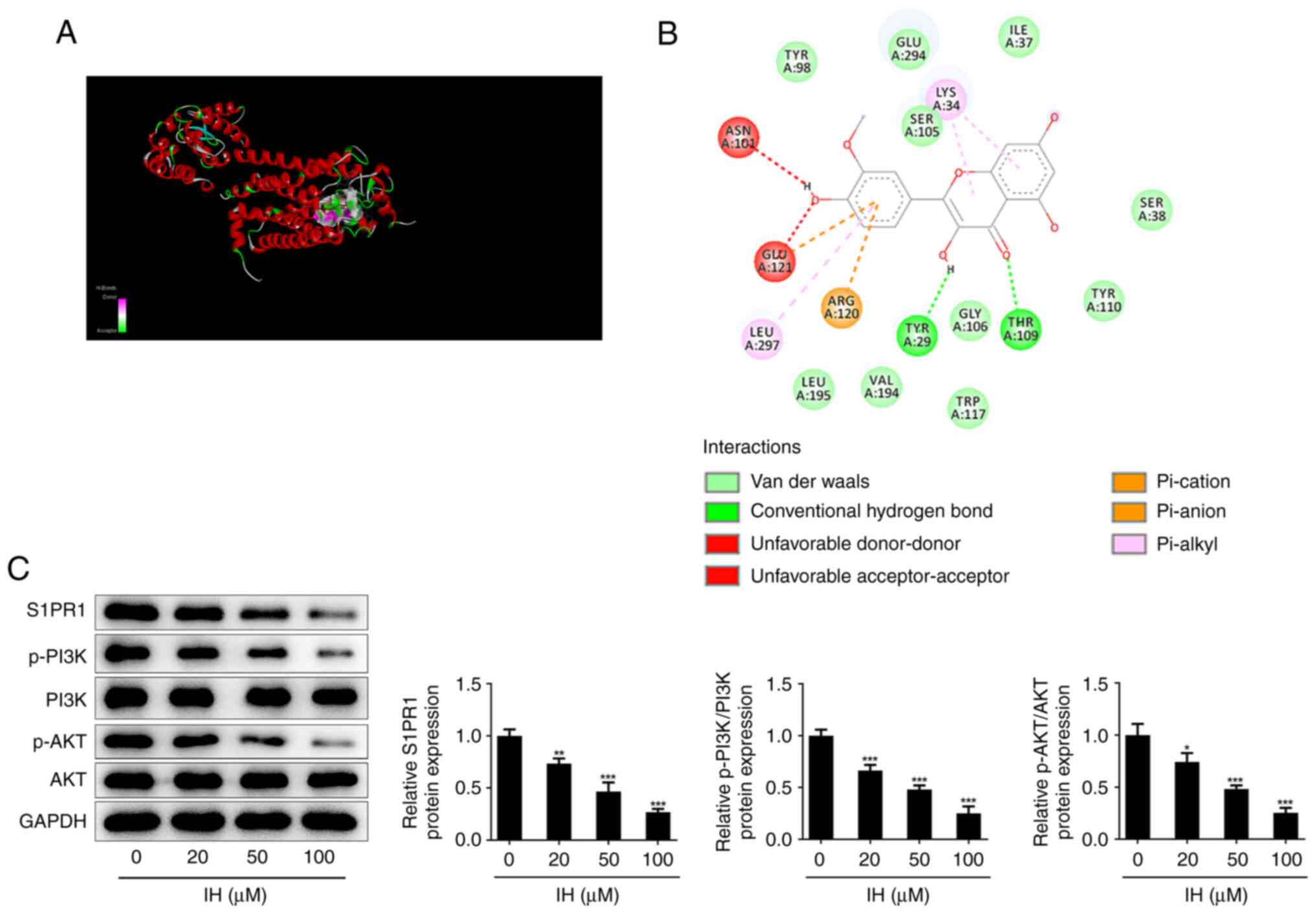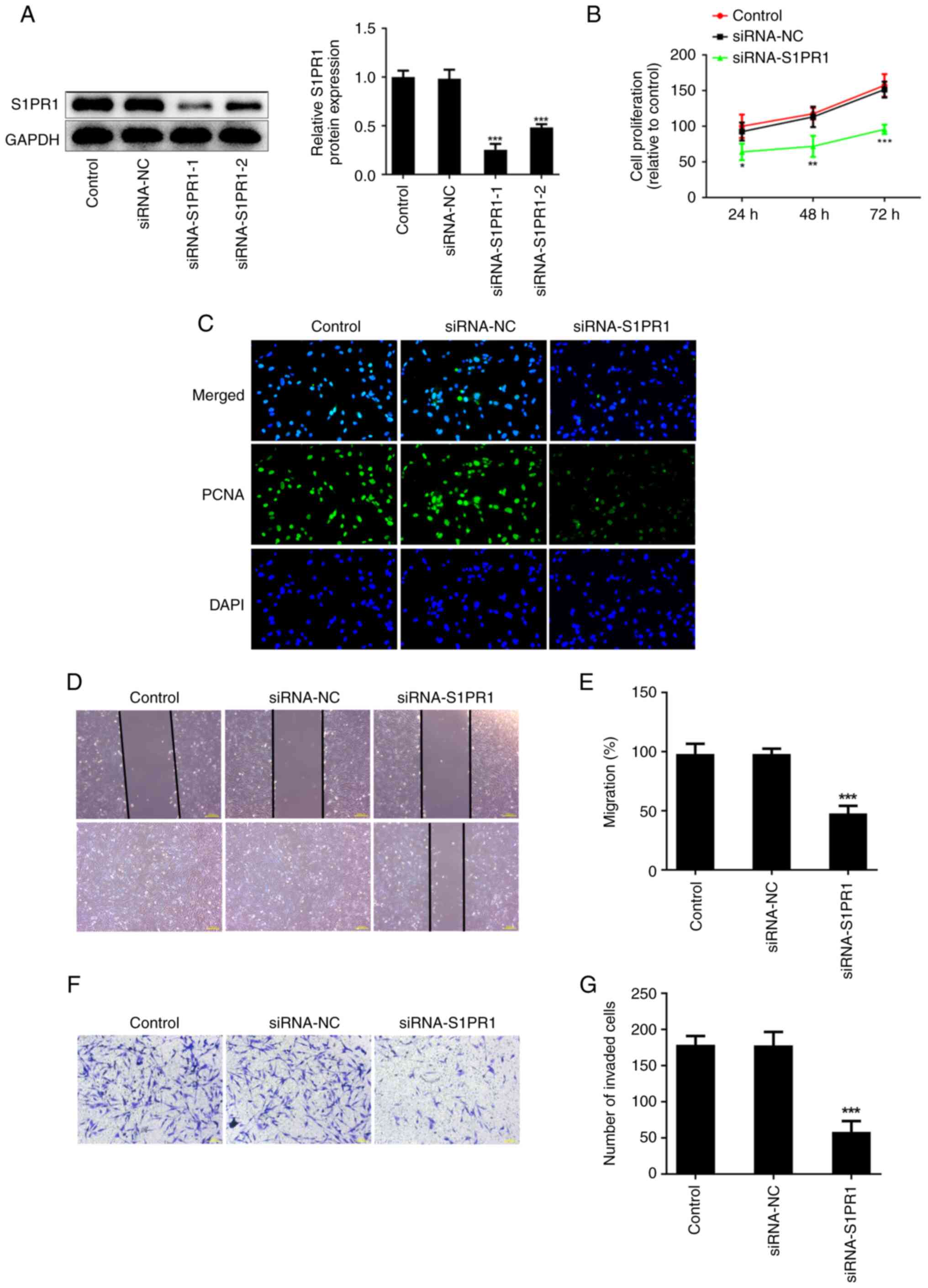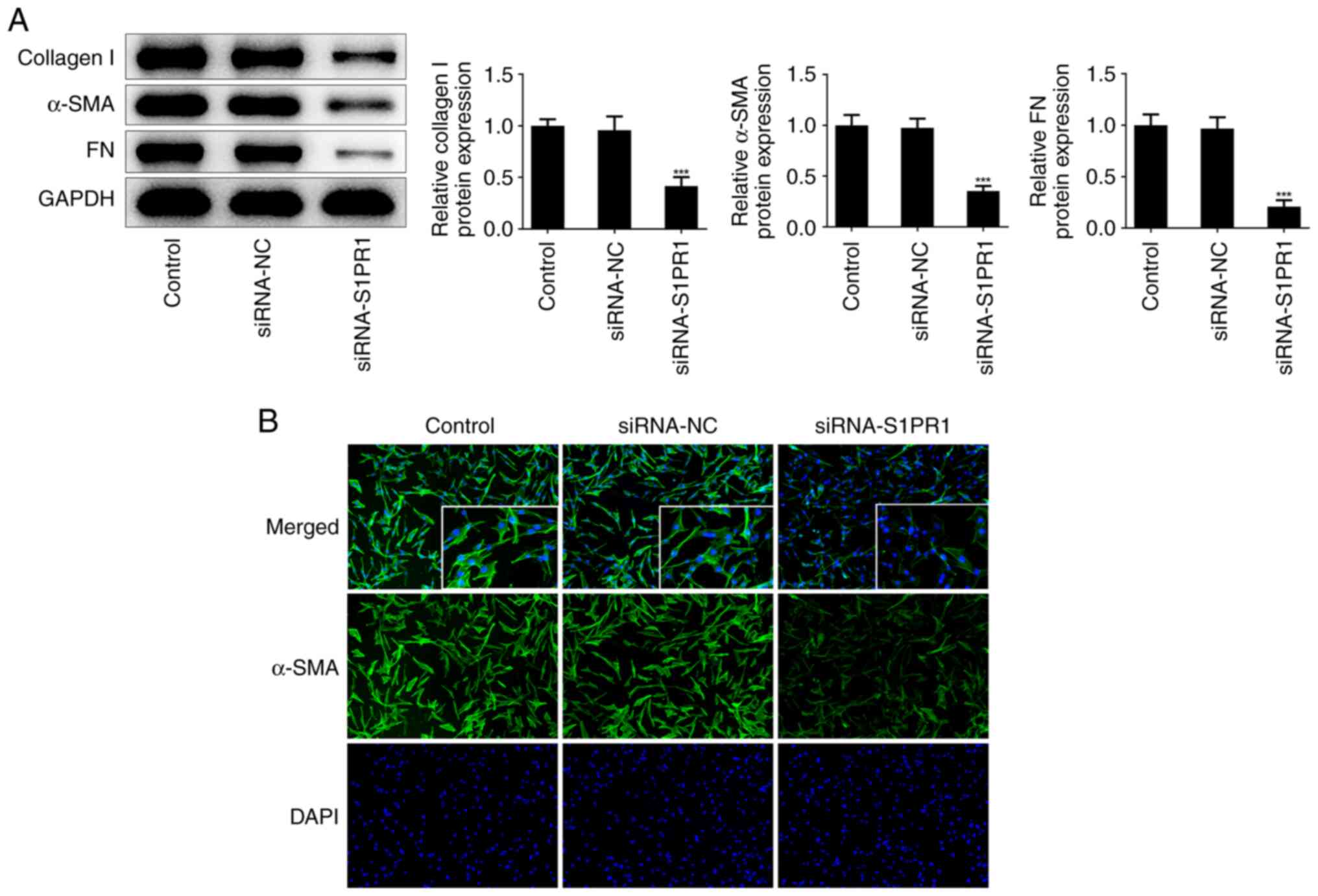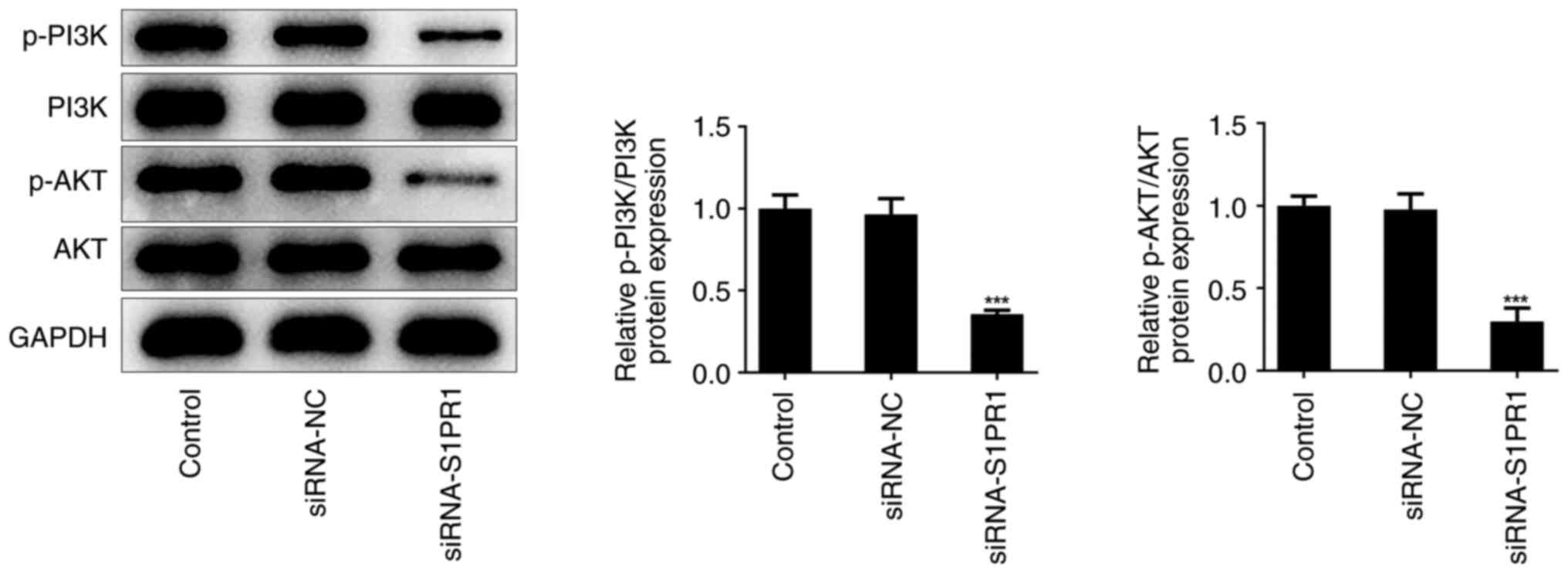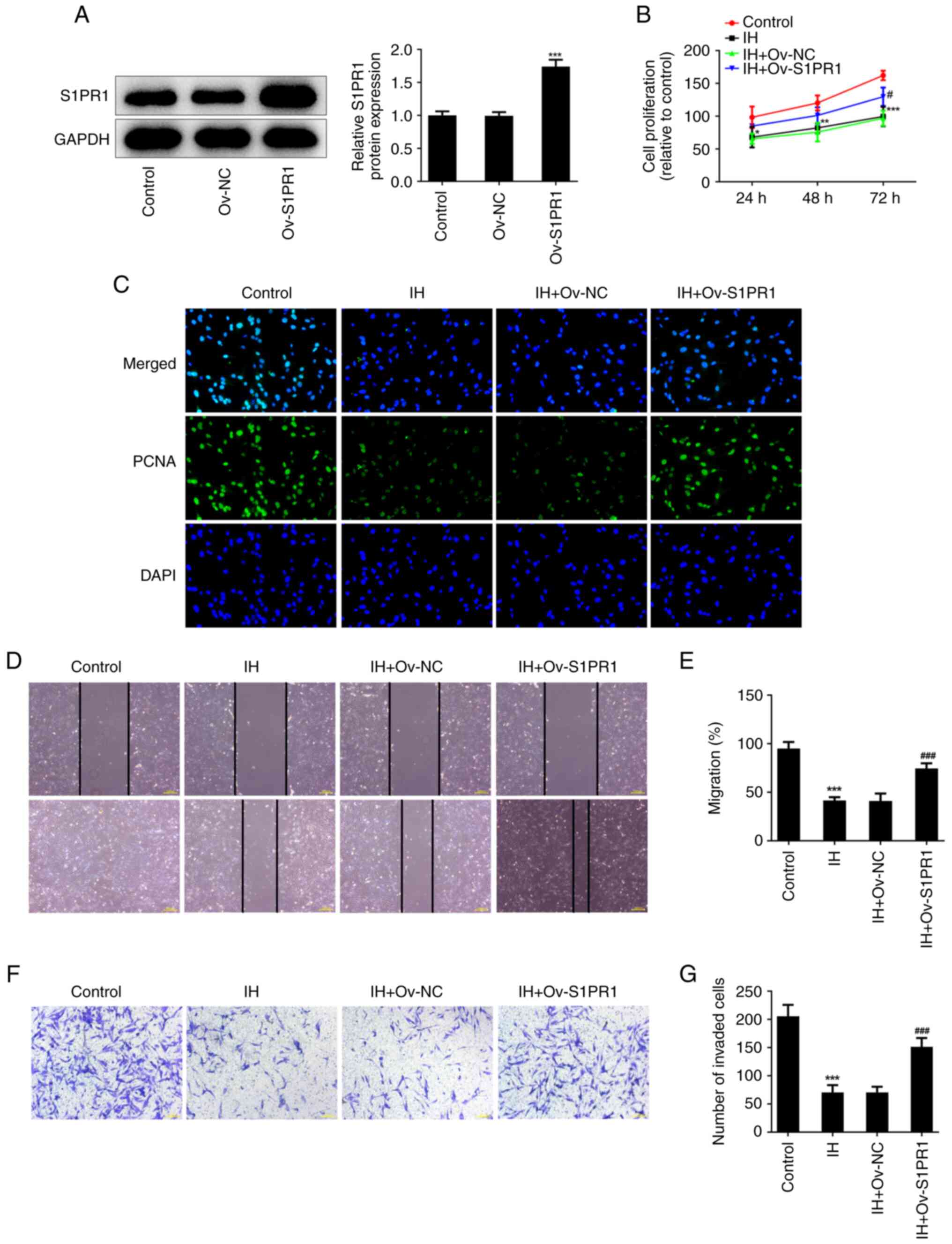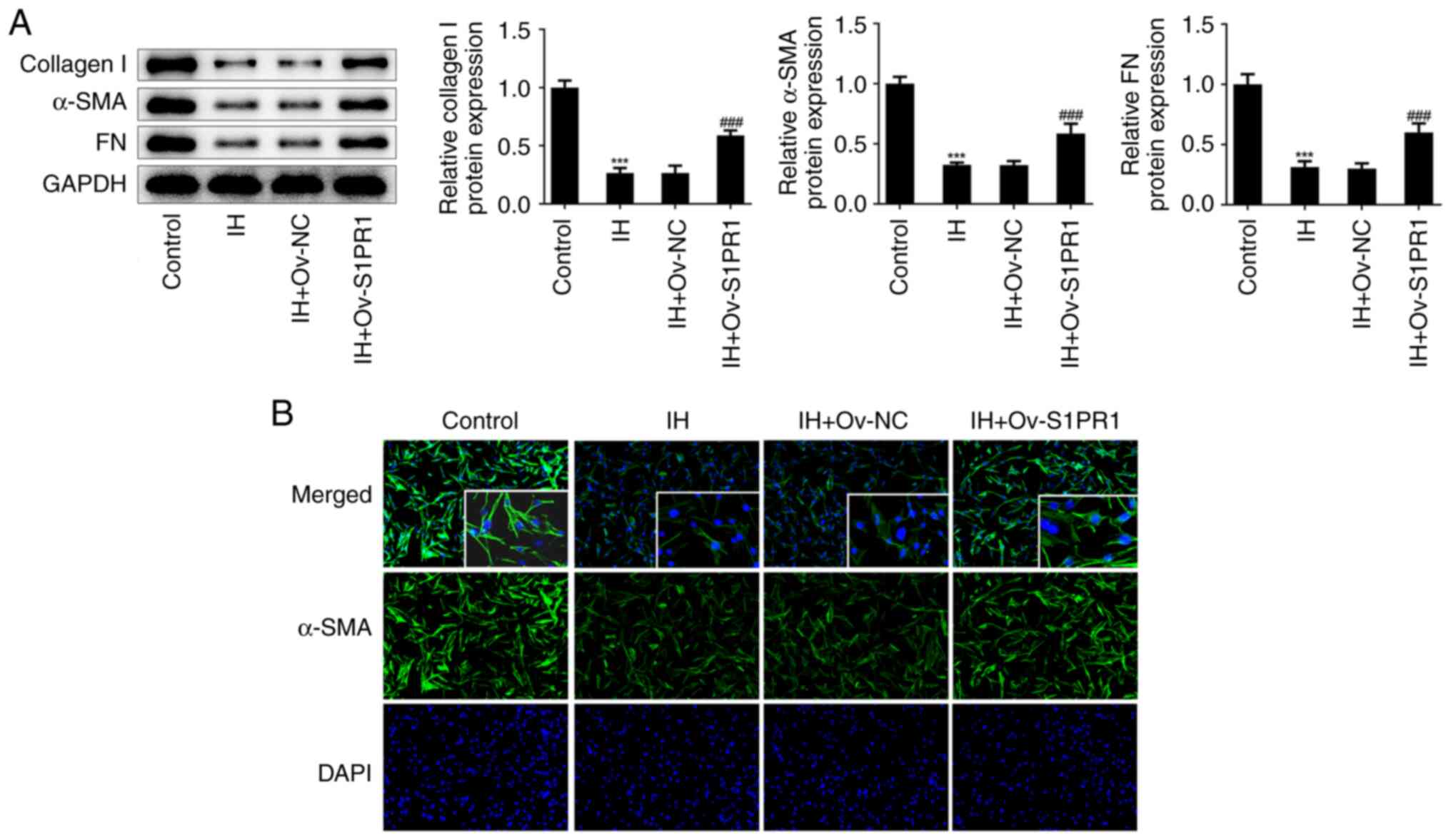|
1
|
Unahabhokha T, Sucontphunt A, Nimmannit U,
Chanvorachote P, Yongsanguanchai N and Pongrakhananon V: Molecular
signalings in keloid disease and current therapeutic approaches
from natural based compounds. Pharm Biol. 53:457–463.
2015.PubMed/NCBI View Article : Google Scholar
|
|
2
|
Hawash AA, Ingrasci G, Nouri K and
Yosipovitch G: Pruritus in keloid scars: Mechanisms and treatments.
Acta Derm Venereol. 101(adv00582)2021.PubMed/NCBI View Article : Google Scholar
|
|
3
|
Mofikoya BO, Adeyemo WL and Abdus-salam
AA: Keloid and hypertrophic scars: A review of recent developments
in pathogenesis and management. Nig Q J Hosp Med. 17:134–139.
2007.PubMed/NCBI View Article : Google Scholar
|
|
4
|
Ogawa R: Keloid and hypertrophic scars are
the result of chronic inflammation in the reticular dermis. Int J
Mol Sci. 18(606)2017.PubMed/NCBI View Article : Google Scholar
|
|
5
|
Qiao XF and Li X: Comparative study of
surgical treatment combined with various methods for treatment of
ear scar. Lin Chung Er Bi Yan Hou Tou Jing Wai Ke Za Zhi.
31:1341–1343. 2017.PubMed/NCBI View Article : Google Scholar : (In Chinese).
|
|
6
|
Love PB and Kundu RV: Keloids: An update
on medical and surgical treatments. J Drugs Dermatol. 12:403–409.
2013.PubMed/NCBI
|
|
7
|
Lee HJ and Jang YJ: Recent understandings
of biology, prophylaxis and treatment strategies for hypertrophic
scars and keloids. Int J Mol Sci. 19(711)2018.PubMed/NCBI View Article : Google Scholar
|
|
8
|
Wang Q, Wang P, Qin Z, Yang X, Pan B, Nie
F and Bi H: Altered glucose metabolism and cell function in keloid
fibroblasts under hypoxia. Redox Biol. 38(101815)2021.PubMed/NCBI View Article : Google Scholar
|
|
9
|
Zhou P, Shi L, Li Q and Lu D:
Overexpression of RACK1 inhibits collagen synthesis in keloid
fibroblasts via inhibition of transforming growth factor-β1/Smad
signaling pathway. Int J Clin Exp Med. 8:15262–15268.
2015.PubMed/NCBI
|
|
10
|
Rodríguez L, Badimon L, Méndez D, Padró T,
Vilahur G, Peña E, Carrasco B, Vogel H, Palomo I and Fuentes E:
Antiplatelet Activity of Isorhamnetin via Mitochondrial Regulation.
Antioxidants (Basel). 10(666)2021.PubMed/NCBI View Article : Google Scholar
|
|
11
|
Gong G, Guan YY, Zhang ZL, Rahman K, Wang
SJ, Zhou S, Luan X and Zhang H: Isorhamnetin: A review of
pharmacological effects. Biomed Pharmacother.
128(110301)2020.PubMed/NCBI View Article : Google Scholar
|
|
12
|
Luo W, Liu Q, Jiang N, Li M and Shi L:
Isorhamnetin inhibited migration and invasion via suppression of
Akt/ERK-mediated epithelial-to-mesenchymal transition (EMT) in A549
human non-small-cell lung cancer cells. Bioscience Reports.
39:2019.PubMed/NCBI View Article : Google Scholar
|
|
13
|
Zheng Q, Tong M, Ou B, Liu C, Hu C and
Yang Y: Isorhamnetin protects against bleomycin-induced pulmonary
fibrosis by inhibiting endoplasmic reticulum stress and
epithelial-mesenchymal transition. Int J Mol Med. 43:117–126.
2019.PubMed/NCBI View Article : Google Scholar
|
|
14
|
Yang JH, Kim SC, Kim KM, Jang CH, Cho SS,
Kim SJ, Ku SK, Cho IJ and Ki SH: Isorhamnetin attenuates liver
fibrosis by inhibiting TGF-β/Smad signaling and relieving oxidative
stress. Eur J Pharmacol. 783:92–102. 2016.PubMed/NCBI View Article : Google Scholar
|
|
15
|
Lee JY, Yang CC, Chao SC and Wong TW:
Histopathological differential diagnosis of keloid and hypertrophic
scar. Am J Dermatopathol. 26:379–384. 2004.PubMed/NCBI View Article : Google Scholar
|
|
16
|
Elsaie ML: Update on management of keloid
and hypertrophic scars: A systemic review. J Cosmet Dermatol.
20:2729–2738. 2021.PubMed/NCBI View Article : Google Scholar
|
|
17
|
Lim KH, Itinteang T, Davis PF and Tan ST:
Stem cells in keloid lesions: A review. Plast Reconstr Surg Glob
Open. 7(e2228)2019.PubMed/NCBI View Article : Google Scholar
|
|
18
|
Li J, Xu Y, Lin Z, Guan L, Chen S and Zhou
L: Isorhamnetin inhibits amplification of influenza A H1N1 virus
inflammation mediated by interferon via the RIG-I/JNK pathway. Ann
Transl Med. 9(1327)2021.PubMed/NCBI View Article : Google Scholar
|
|
19
|
Ren X, Han L, Li Y, Zhao H, Zhang Z,
Zhuang Y, Zhong M, Wang Q, Ma W and Wang Y: Isorhamnetin attenuates
TNF-α-induced inflammation, proliferation, and migration in human
bronchial epithelial cells via MAPK and NF-κB pathways. Anat Rec
(Hoboken). 304:901–913. 2021.PubMed/NCBI View
Article : Google Scholar
|
|
20
|
Hu J, Zhang Y, Jiang X, Zhang H, Gao Z, Li
Y, Fu R, Li L, Li J, Cui H and Gao N: ROS-mediated activation and
mitochondrial translocation of CaMKII contributes to Drp1-dependent
mitochondrial fission and apoptosis in triple-negative breast
cancer cells by isorhamnetin and chloroquine. J Exp Clin Cancer
Res. 38(225)2019.PubMed/NCBI View Article : Google Scholar
|
|
21
|
Ganbold M, Owada Y, Ozawa Y, Shimamoto Y,
Ferdousi F, Tominaga K, Zheng YW, Ohkohchi N and Isoda H:
Isorhamnetin alleviates steatosis and fibrosis in mice with
nonalcoholic steatohepatitis. Sci Rep. 9(16210)2019.PubMed/NCBI View Article : Google Scholar
|
|
22
|
Liu N, Feng J, Lu X, Yao Z, Liu Q, Lv Y,
Han Y, Deng J and Zhou Y: Isorhamnetin Inhibits liver fibrosis by
reducing autophagy and inhibiting extracellular matrix formation
via the TGF-β1/Smad3 and TGF-β1/p38 MAPK pathways. Mediators
Inflamm. 2019(6175091)2019.PubMed/NCBI View Article : Google Scholar
|
|
23
|
Zhai T, Zhang X, Hei Z, Jin L, Han C, Ko
AT, Yu X and Wang J: Isorhamnetin inhibits human gallbladder cancer
cell proliferation and metastasis via PI3K/AKT signaling pathway
inactivation. Front Pharmacol. 12(628621)2021.PubMed/NCBI View Article : Google Scholar
|
|
24
|
Cartier A and Hla T: Sphingosine
1-phosphate: Lipid signaling in pathology and therapy. Science.
366(eaar5551)2019.PubMed/NCBI View Article : Google Scholar
|
|
25
|
Anu B, Namitha NN and Harikumar KB: S1PR1
signaling in cancer: A current perspective. Adv Protein Chem Struct
Biol. 125:259–274. 2021.PubMed/NCBI View Article : Google Scholar
|
|
26
|
Donati C, Cencetti F, Bernacchioni C,
Vannuzzi V and Bruni P: Role of sphingosine 1-phosphate signalling
in tissue fibrosis. Cell Signal. 78(109861)2021.PubMed/NCBI View Article : Google Scholar
|
|
27
|
Jung SH, Song YK, Chung H, Ko HM, Lee SH,
Jo DI, Kim B, Lee DH and Kim SH: Association between
sphingosine-1-phosphate-induced signal transduction via
mitogen-activated protein kinase pathways and keloid formation.
Arch Dermatol Res. 311:711–719. 2019.PubMed/NCBI View Article : Google Scholar
|
|
28
|
Tu T, Huang J, Lin M, Gao Z, Wu X, Zhang
W, Zhou G, Wang W and Liu W: CUDC-907 reverses pathological
phenotype of keloid fibroblasts in vitro and in vivo via dual
inhibition of PI3K/Akt/mTOR signaling and HDAC2. Int J Mol Med.
44:1789–1800. 2019.PubMed/NCBI View Article : Google Scholar
|
|
29
|
Xin Y, Min P, Xu H, Zhang Z and Zhang Y
and Zhang Y: CD26 upregulates proliferation and invasion in keloid
fibroblasts through an IGF-1-induced PI3K/AKT/mTOR pathway. Burns
Trauma. 8(tkaa025)2020.PubMed/NCBI View Article : Google Scholar
|
|
30
|
Liu X, Wu J, Zhu C, Liu J, Chen X, Zhuang
T, Kuang Y, Wang Y, Hu H, Yu P, et al: Endothelial S1pr1 regulates
pressure overload-induced cardiac remodelling through AKT-eNOS
pathway. J Cell Mol Med. 24:2013–2026. 2020.PubMed/NCBI View Article : Google Scholar
|
|
31
|
Rostami N, Nikkhoo A, Ajjoolabady A, Azizi
G, Hojjat-Farsangi M, Ghalamfarsa G, Yousefi B, Yousefi M and
Jadidi-Niaragh F: S1PR1 as a novel promising therapeutic target in
cancer therapy. Mol Diagn Ther. 23:467–487. 2019.PubMed/NCBI View Article : Google Scholar
|















